Sealing machines, often under-appreciated, are the unsung heroes of modern packaging. They create airtight, tamper-evident seals that preserve freshness, prevent contamination, and extend product shelf life. In food, pharmaceutical, and consumer goods industries, advanced sealers bring automation and precision to meet stringent safety and quality standards. By isolating contents from air and moisture, a proper sealing machine ensures product integrity for storage and global distribution. This comprehensive guide explores the top sealing machine types – from vacuum sealers to induction machines – explaining how each enhances packaging performance and efficiency.
Heat-Based Sealers
Heat sealers use thermal energy to fuse packaging materials. Heat sealing machines apply controlled heat and pressure to plastic or laminated films, melting their edges together and forming a strong bond as they cool. This versatility makes them ideal for sealing bags, pouches, and film wraps across many industries. These machines often feature adjustable temperature, pressure, and time settings, so they can handle thin films (like polyethylene) or multi-layer laminates with equal precision. For example, a continuous jaw sealer clamps the film under a heated bar; as soon as the bar retracts, the fused edges cool to create a permanent, leak-proof seal.
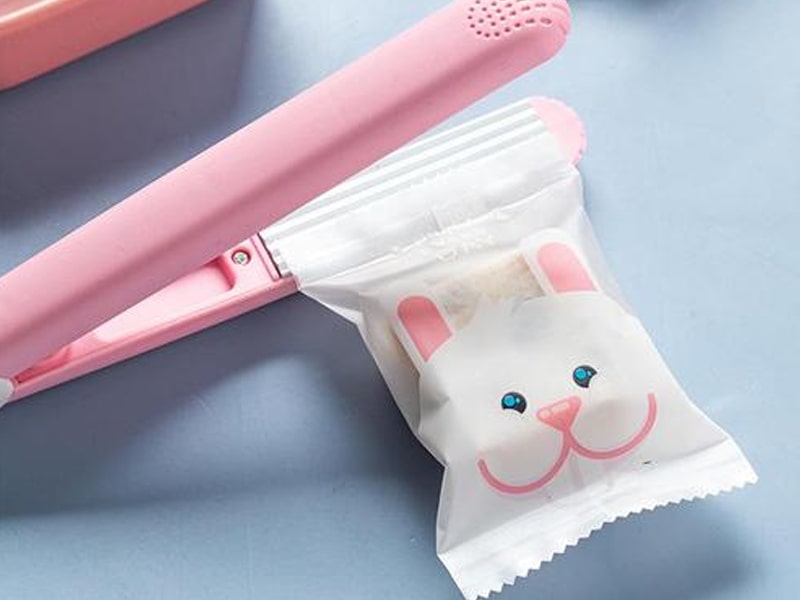
Impulse sealers are a sub-category of heat sealer designed for safety and efficiency. They deliver a quick, powerful burst of heat only when activated, preventing constant high-temperature operation. An impulse sealer briefly heats a wire or bar to seal the plastic, then cools immediately, so the machine is safer to touch and uses less energy. These benchtop or handheld units are popular with small manufacturers and labs because they reliably seal thermoplastic bags (like polyethylene or polypropylene) without needing continuous heating.
Continuous band sealer machine, a conveyorized heat sealer for bag sealing. Continuous band sealers take automation a step further. In these machines, packages are fed on a conveyor belt under a heated sealing head, allowing uninterrupted, high-speed sealing. Since the bags move continuously through the machine, band sealers support very high throughput with consistent quality. They can seal various pouch types (gusseted, pillow, stand-up) and thicknesses by adjusting belt speed and heat settings. This makes continuous sealers a staple in food, chemical, and retail packaging lines where efficiency is critical.
L-Bar Sealers
L-bar sealers (shrink-wrap machines) use an L-shaped sealing bar that simultaneously trims and seals clear film around a product. With the product inside the film “jacket,” the sealer cuts the film along one edge and then seals the cut edge in one motion. The result is a tight, attractive shrink wrap that, after passing through a heat tunnel, provides tamper-evident packaging. L-bar units are prized for giving a neat, professional finish on single items or multipacks, such as boxed goods or bundled sets.
Vacuum Sealing Machines
A vacuum sealer machine evacuating air from a food bag to extend freshness. Vacuum sealers remove air from packages to create a tightly compressed, oxygen-deprived environment. By eliminating oxygen – the main driver of spoilage – these machines dramatically slow down bacterial growth and oxidation, extending shelf life for perishables. For example, meats, cheeses, and produce sealed on a vacuum sealer can last 3–5 times longer than in ordinary storage.
There are two main types: chamber vacuum sealers (where bags are placed inside a chamber and multiple bags can be sealed in one cycle) and external vacuum sealers (smaller machines where the bag end hangs outside). Chamber sealers are common in commercial kitchens and manufacturing, offering very tight vacuums and often gas-flushing options (like nitrogen) for even greater preservation. Tabletop external units are widely used in home kitchens and retail for smaller volumes. Both work by vacuuming the bag, then sealing the open end with heat, resulting in a rigid, airtight pouch. This method is crucial for preserving flavors, nutrients, and textures in food as well as protecting electronics and medical supplies from moisture.
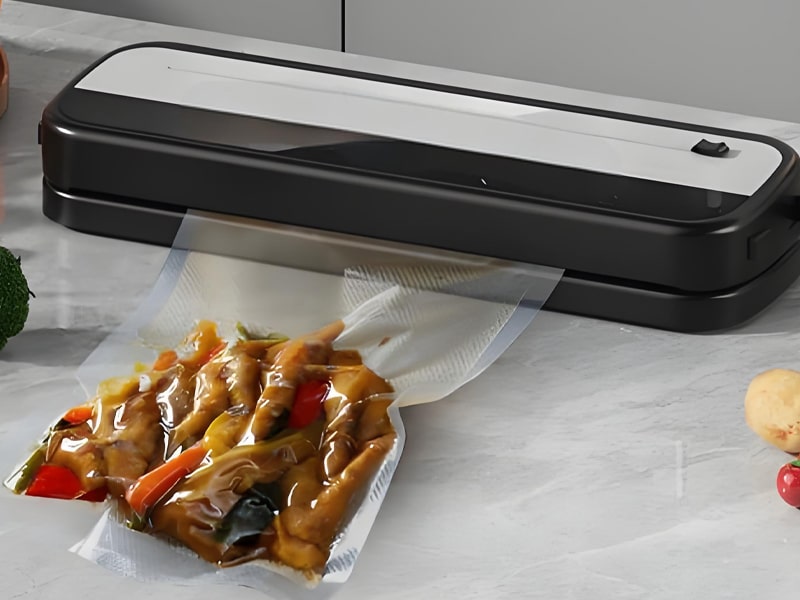
Induction and Foil Sealers
An induction sealing machine applying a foil liner to bottles on a conveyor. Induction sealers use electromagnetic fields to fuse foil liners onto container mouths, creating a hermetic seal. In practice, after a filled bottle or jar is capped with a special liner (often composed of layers of foil, wax, and polymer), it passes under an induction coil. The coil emits a magnetic field that heats the foil’s wax glue, melting it so the polymer layer bonds firmly to the container rim. When it cools, the liner is permanently bonded, forming an “impenetrable” seal against leaks and contamination. This tamper-evident seal is vital in food, beverage, and chemical packaging; for example, every capped jar of jam or bottle of shampoo gets an induction seal to guarantee freshness and authenticity.
Closely related, foil sealers (or aluminum foil sealers) directly press and heat an aluminum foil closure onto a container. These are common in dairy, juices, and supplement bottles: a machine heats a foil disc so that its heat-seal coating fuses to the lip of the jar or cup, providing a sterile barrier. Both induction and foil sealing add a layer of product security and shelf life without altering the packaged goods.
Container & Product-Specific Sealers
Sealing machines also come in specialized formats for particular package types:
- Can Sealing Machines (Can Seamers): These machines seal lids onto metal cans (food or paint cans) by mechanically forming a double seam. Using rollers, they fold the can’s flange and lid curl together airtight. Proper can sealing preserves canned foods and beverages for months.
- Cup Sealing Machines: Common in bubble-tea shops and food service, cup sealers heat-press a plastic or foil lid onto the rim of a filled cup. This fast process prevents leaks and allows customers to carry drinks or soups without spills. A tightly sealed cup stays fresh and portable, crucial for on-the-go consumption.
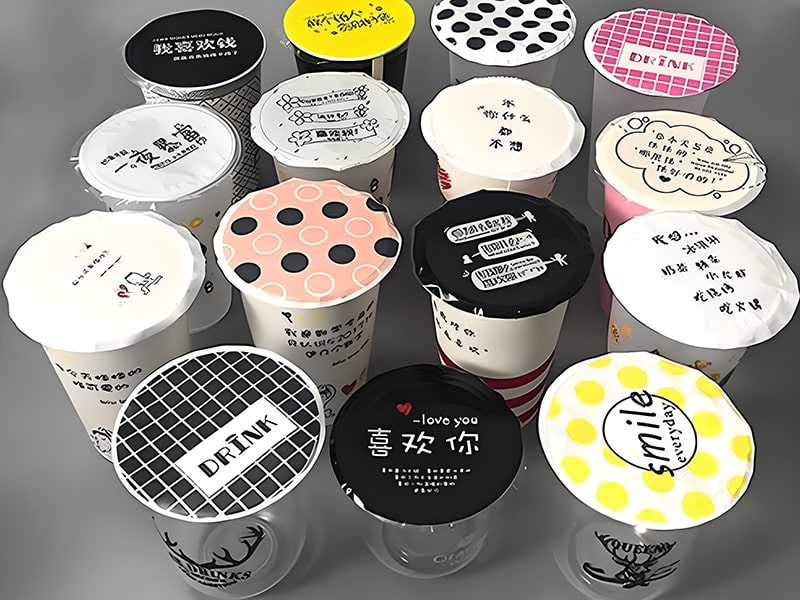
- Tube Sealers: These devices cap off fillable squeeze tubes (like toothpaste, creams, or ointments). After filling, the machine clamps and applies heat (or ultrasonic energy) to the metal or plastic tail, crimping it into a strong, flat seal. This is essential in pharmaceuticals and cosmetics, as it locks in sterility and gives a uniform appearance at the tube’s end.
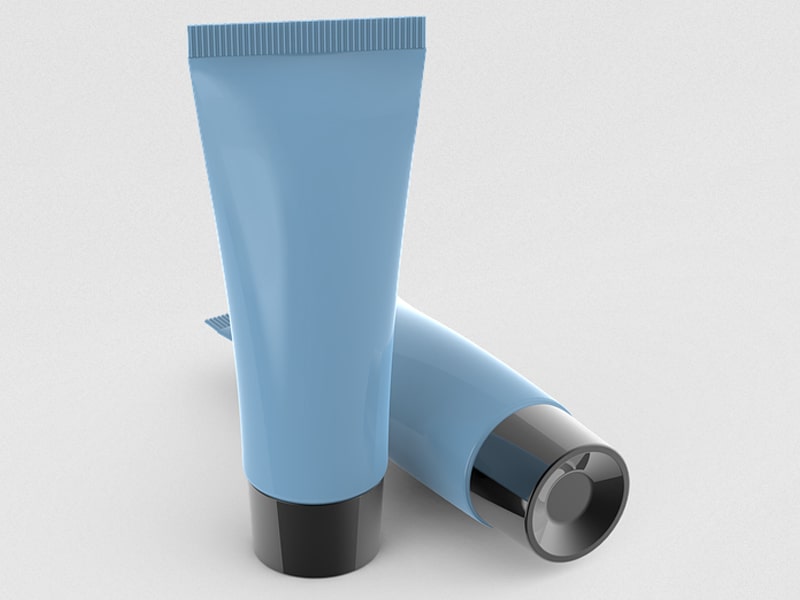
Other niche sealers include tray sealers (heat-sealing rigid plastic trays with film for prepared meals) and sleeve sealers (applying shrink-film sleeves around bottles and cans). Each is tailored to the shape and material of its target package.
Manual vs. Automatic Sealing Machines
Sealing machines range from simple manual units to complex automated systems. Manual sealers require an operator to initiate each seal – for example, hand-held impulse sealers or lever-operated can presses. They are low-cost, simple, and flexible, making them ideal for small batches, craft packaging, or applications where frequent changeovers occur. Because they don’t need conveyors or sensors, manual units take up less space and are easy to maintain.
In contrast, automatic sealing machines integrate into production lines. These systems have conveyors, sensors, and feeds so that products enter, are filled or loaded, and emerge sealed without human intervention. For instance, a high-speed candy bar line might have hundreds of bars sealed per minute by an automatic band sealer. Automatic sealers deliver consistent quality at high speed – they never tire or vary, and eliminate the bottle-necks of manual handling. Their trade-off is higher capital cost and complexity. Often, growing businesses start with semi-automatic solutions (a powered sealer where an operator still loads packages) and upgrade to full automation as volumes rise.
Choosing between manual and automatic comes down to scale and budget. Start-ups and small kitchens often rely on portable impulse sealers and tabletop vacuum sealers. Large manufacturers invest in fully automatic heat sealers, induction capper lines, or integrated canning lines. As one industry source notes, automatic sealers require skilled setup but “handle ongoing processes” and ensure uniformity, whereas manual machines excel in low-volume or multi-product scenarios.
Benefits of Sealing Machines
Integrating sealing machines into packaging brings numerous advantages:
- Extended Freshness and Safety: By creating an airtight barrier, sealers lock out oxygen, moisture, and microbes. Studies show this can multiply shelf life – vacuum and modified-atmosphere sealing alone can extend freshness from days to months. Preserving taste, nutrients and preventing spoilage is vital for both producers and consumers.
- Professional Appearance: Machines produce clean, uniform seals with precise edges. A consistent, attractive seal makes products look high-quality on shelves. Uniform packaging also prevents leaks and messes, which improves customer trust. In e-commerce and retail, neat packaging reinforces brand image and influences buying decisions.
- Tamper-Evidence and Security: Advanced sealers (like induction foil seals or shrink wraps) provide clear evidence if someone has opened a package. This is crucial for food, pharmaceuticals and high-value items. For example, induction liners create an “impenetrable barrier” that guards against contamination. Such seals assure regulators and customers that products are untouched and safe.
- Efficiency and Cost Savings: Automated sealers dramatically cut packing time. They work faster than hand methods (like tape or glue) and run continuously with minimal downtime. This high throughput lowers labor costs: one source notes that although the upfront cost is higher, “sealing machines help save both materials and labor as time goes on”. Over the long run, lower waste (fewer re-seals and rejects) and higher output mean a strong return on investment for businesses.
Choosing the Right Sealing Machine
Selecting a sealing machine depends on your product’s needs and production context. Key factors include:
- Packaging Material: Different films and containers require different seals. For example, polyethylene pouches need heat, metal cans need seamers, and jars with foil require induction. Ensure the machine’s heat range, dwell time, and pressure suit your material.
- Production Volume: For low volumes (<2,000 units/day), a manual or tabletop sealer may suffice. For mass production, look for high-speed automatic models with conveyors and feed systems.
- Hygiene and Compliance: In food, beverage, and pharma, machines must meet strict sanitary standards. Models made of stainless steel (#304 or #316) with easy-to-clean surfaces are essential. Many sealers comply with GMP/HACCP guidelines, minimizing contamination risk.
- Space and Integration: Consider the layout of your packaging line. Continuous machines need room and alignment with upstream fillers and downstream packers. Semi-automatic bench units save space but require operators. Ensure the machine fits physically and can connect (electrically and in control systems) with your existing line.
- Product Characteristics: Fragile items may need gentle sealing (like rotary sealers); sticky or hot products might benefit from impulse sealing to minimize exposure. Also, consider whether you need special features (e.g., nitrogen gas flushing, data logging, or variable formats).
By carefully matching machine specifications to your products and processes, you gain reliability and flexibility. Always work with an experienced supplier or engineer to verify your choice. The right sealing machine will boost output quality and maintain consistency even as you scale production.
Selecting the appropriate sealing equipment is a strategic decision. As experts observe, the correct sealer “can immensely elevate the perceived value of your product, preserving its freshness, enhancing its protection, and boosting its visual attractiveness”. In other words, choosing the best sealing machine safeguards your product and brand while improving efficiency on the line.


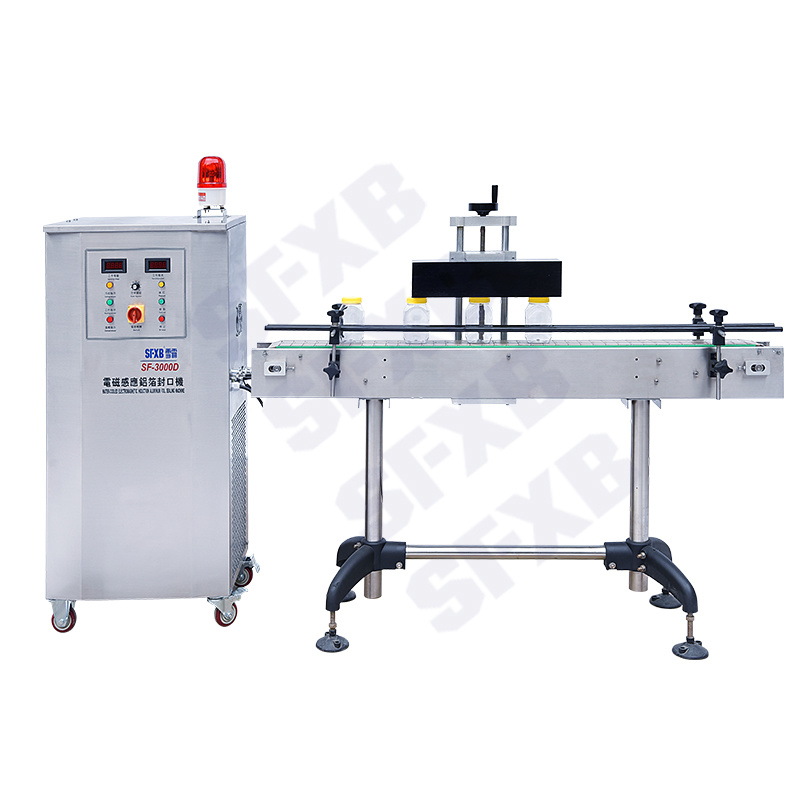
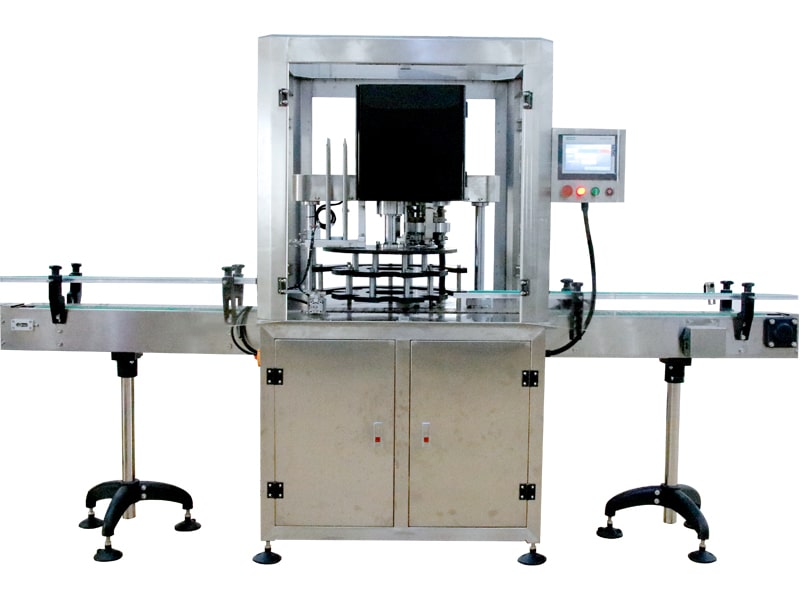
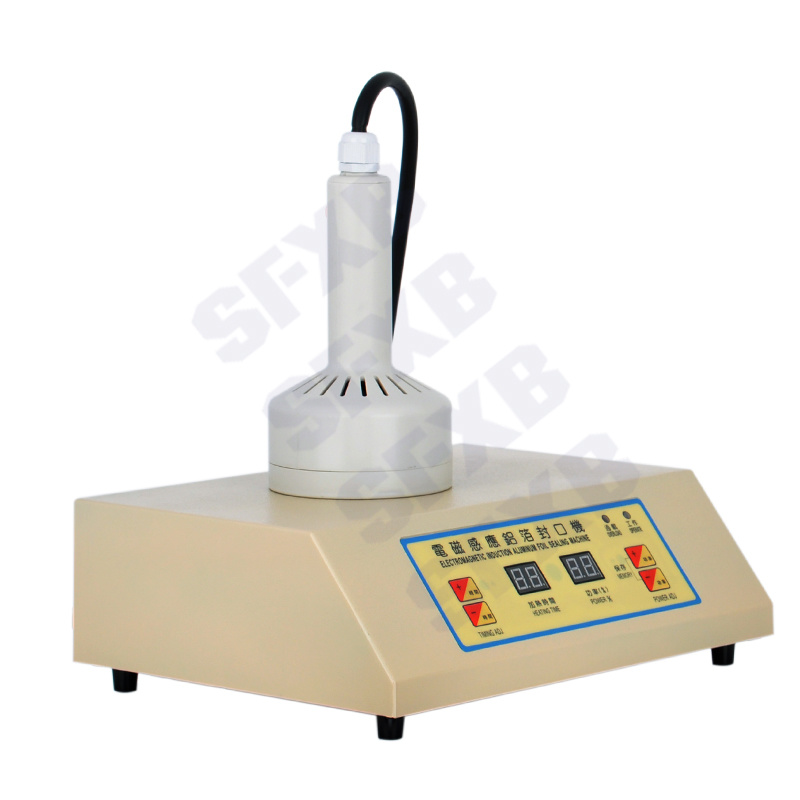
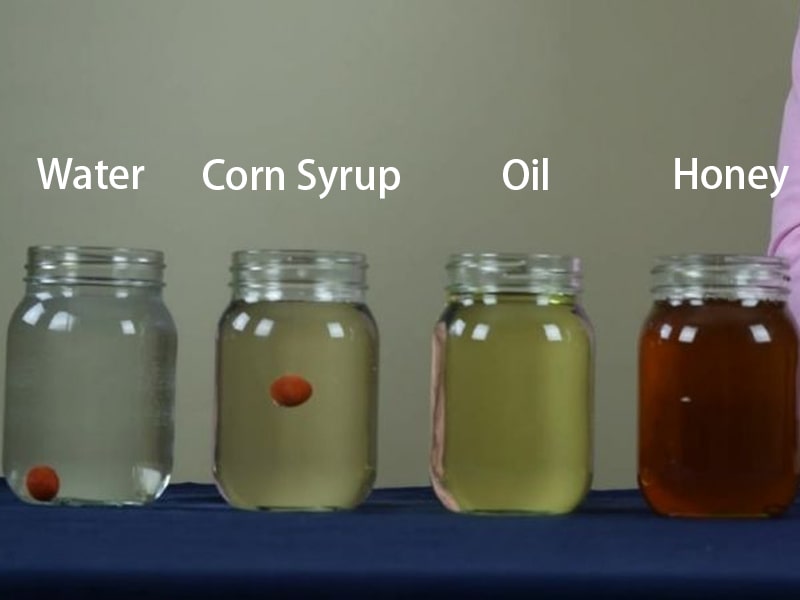
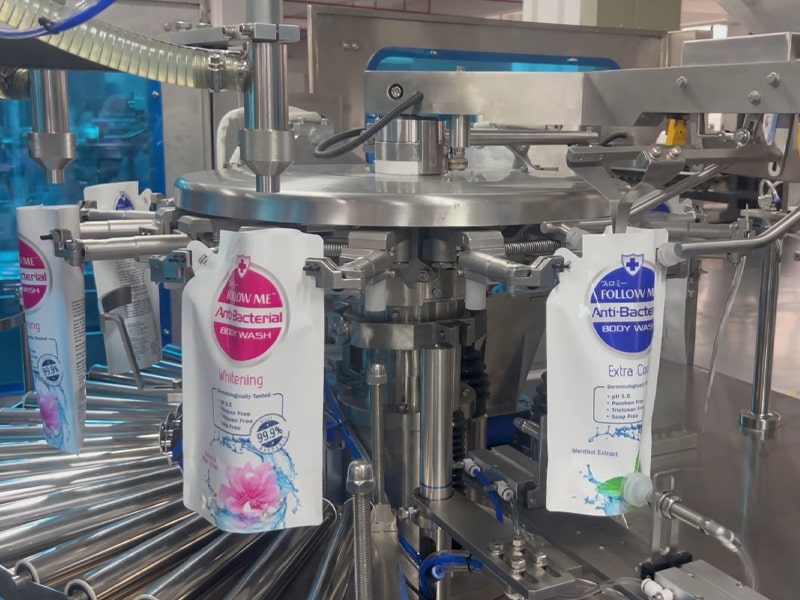


Comments